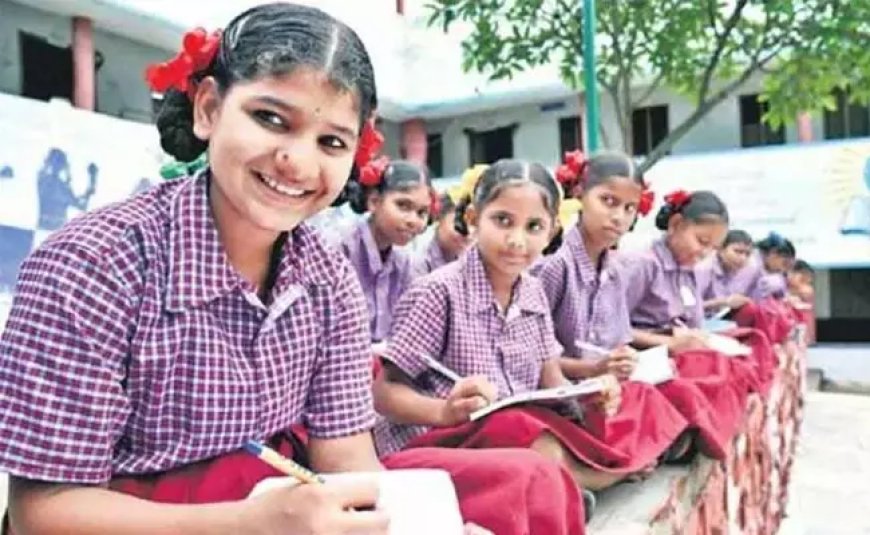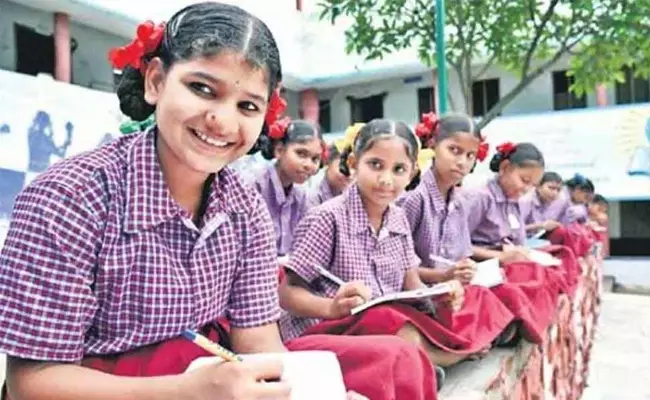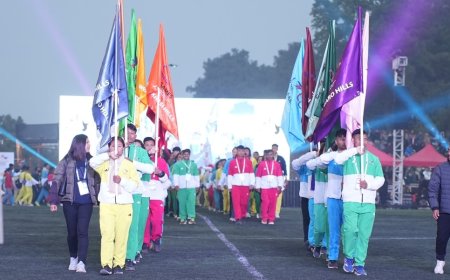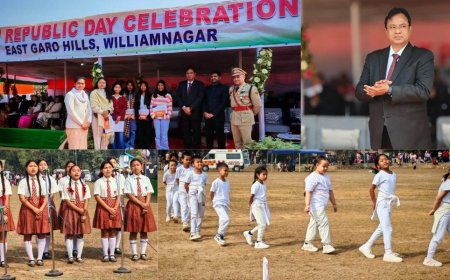Smartphone Access, Education Recovery in ASER 2024
ASER 2024 highlights smartphone access and educational usage, with gender gaps and regional disparities in India’s digital landscape


New Delhi: As smartphone penetration among teenagers aged 14 to 16 years clocks the 90 per cent mark, about 82.2 per cent of them know how to use these devices, but only 57 per cent use the gadgets for educational activities and 76 per cent access them for social media. These findings were revealed in the latest edition of the Annual Status of Education Report (ASER) released on Tuesday.
The report, which offers critical insights into the state of education across India, is widely acclaimed as the benchmark for assessing foundational learning outcomes and enrollment trends in schools drawn from an “extensive survey of rural and urban households”.
Highlighting that the trend of increased enrollment of students in government schools during the Covid-19 pandemic seems to have been reversed with the proportion of children aged 6-14 years registered in these institutions nearly back to the 2018 levels, the report noted that there has been a steady rise of students in private schools since 2006 in rural areas.
The nationwide survey that reached 6,49,491 children in 17,997 villages across 605 rural districts in the country had for the first time included a section on digital literacy in the 14-16 age group.
Notwithstanding digital access among adolescents, the findings revealed that only a fraction of the schools with usable girls toilets, drinking water availability and the proportion of schools with books, other than textbooks, being used by students recorded improvement.
The report said that smartphone access among adolescents aged 14-16 is almost universal, with nearly 90 per cent of both boys and girls reporting that their households own a smartphone. It, however, flagged a gender gap in terms of usage of smartphones with 85.5 per cent of boys having access to these gadgets compared to 79.4 per cent of girls. However, states such as Bihar, Jharkhand, and Madhya Pradesh were found to be lagging behind the national average in both smartphone ownership and usage capabilities.
Although smartphone use for educational purposes was comparable between boys and girls, the former were more likely to report using social media (78.8% of boys versus 73.4% of girls). Kerala stood out prominently, with over 80 per cent of children using smartphones for educational activities and more than 90 per cent for social media engagement.
Smartphone ownership among 14-16-year-old students is relatively low but rises with age. Among children who could use a smartphone, 27 per cent of 14-year-olds and 37.8 per cent of 16-year-olds reported owning one. A significant gender gap persists, with 36.2 per cent of boys owning a smartphone compared to 26.9 per cent of girls. This disparity is consistent across all states. More than three-quarters of children successfully completed tasks using a smartphone, such as setting an alarm, searching for specific information, and locating a YouTube video. Among those who found a video on YouTube, over 90 per cent could share it.
The gender gaps were, however, evident across all tasks, with the widest disparity in setting an alarm – 81.5 per cent of boys compared to 72.4 per cent of girls. Interestingly, in southern states like Karnataka, Andhra Pradesh, and Kerala, girls either matched or outperformed boys in these tasks.
On the issue of enrollment of students, the report said that the proportion of 6-14-year-olds enrolled in private schools rose from 18.7 per cent in 2006 to 30.8 per cent in 2014 and stayed at that level in 2018. It also noted that during the pandemic years, there was a big jump in government school enrolment with the proportion of 6-14-year-old children enrolled in government schools rising from 65.6 per cent in 2018 to 72.9 per cent in 2022. “This number is back to 66.8 per cent in 2024. This almost complete reversal back to 2018 levels is seen across grades as well as gender, and is not particularly surprising given that the economy has recovered in other sectors as well.”
On reading proficiency, the report said at the pan-India level, the proportion of children in Class 3 , who are able to read at Class 2 level, rose slowly from 23.6 per cent in 2014 to 27.3 per cent in 2018 and then fell drastically to 20.5 per cent in 2022. Two years later, we have a full recovery with the proportion of Class-3 children reading fluently at 27.1 per cent.
The report said: “We see a similar picture in Class 4, with the proportion of Class 5 children who can read a Class 2 level text rising from 48 per cent in 2014 to 50.5 per cent in 2018, then falling to 42.8 per cent in 2022 and finally recovering to 48.8 per cent in 2024.”
Some states have done very well and surpassed their pre-pandemic learning levels, while others are yet to recover fully. Nevertheless, almost all states have shown improvements as compared to 2022.
“In fact, the low-performing states like Uttar Pradesh, Bihar, Madhya Pradesh and Tamil Nadu have made a remarkable recovery,” the report added.






































